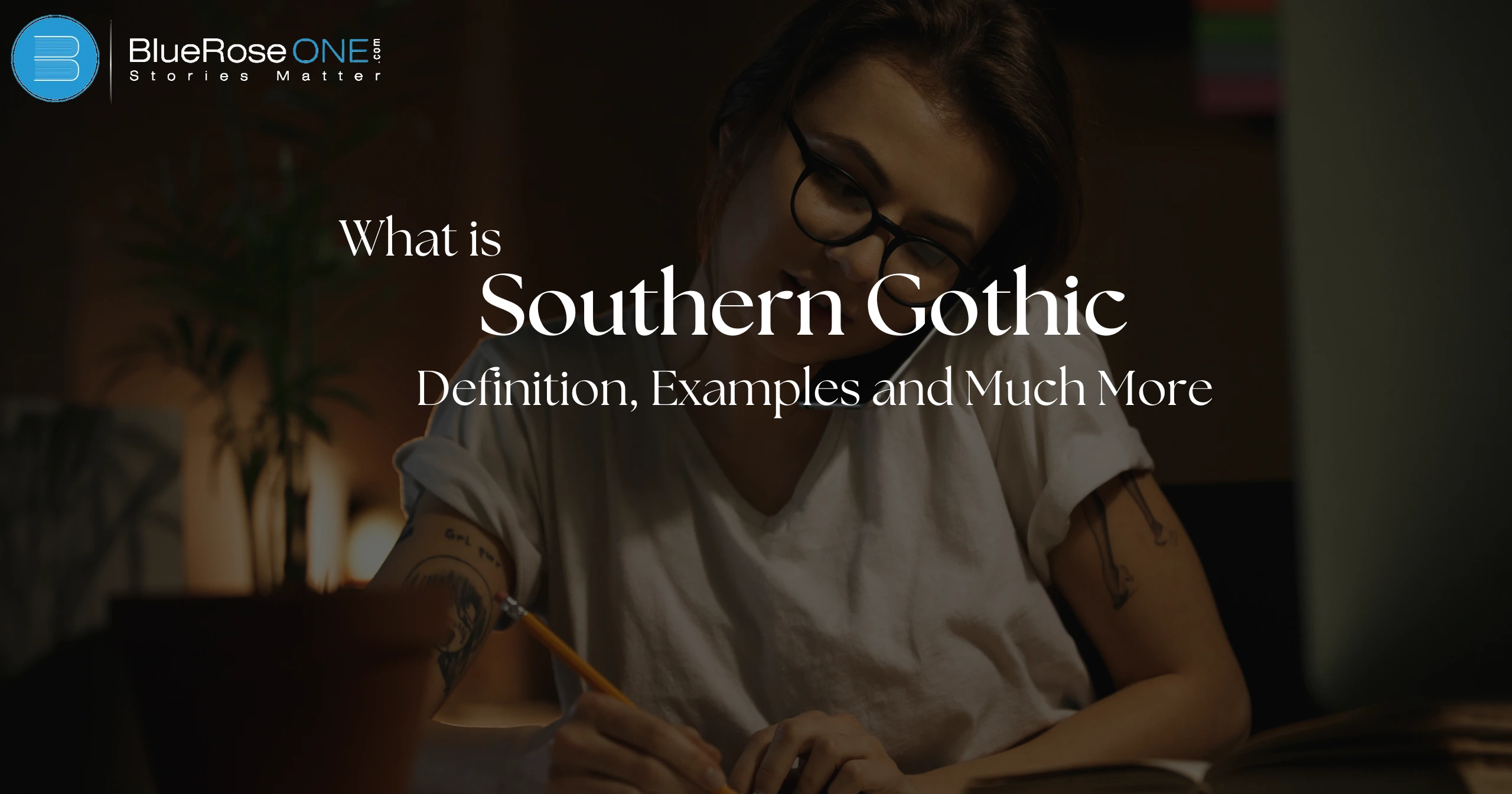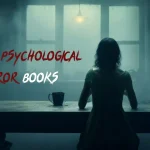What is Southern Gothic?
Typically, Southern Gothic fiction takes place in the American South, an area rich with mystery, history, and perhaps painful realities. This genre combines Gothic tradition with Southern culture, playing with the Gothic style’s obsession with moral and physical deterioration.
Characteristics of Southern Gothic
Southern Gothic is known for:
- The Grotesque: Strange and disturbing characters or scenarios that are exaggerated to the point of being both tragic and darkly humorous.
- Decay and Ruin: Stories often feature decaying old mansions, towns that have fallen into ruin, or characters whose lives have crumbled.
- Eccentric Characters: Misfits, outcasts, and those with dark secrets are commonly seen in Southern Gothic tales.
- Moral and Social Tension: The genre grapples with deep-seated societal issues, such as racism, poverty, and the clash between old and new Southern values.
You may also read: List of Top 10 Best Free Plagiarism Tools (Checkers) in 2024
Themes Commonly Explored in Southern Gothic
Southern Gothic literature dives into themes of:
- Religion and morality
- Violence and death
- Social and racial inequality
- Psychological torment
Origins of Southern Gothic
The Gothic literary tradition of Europe, which emphasized eerie castles, sinister riddles, and the paranormal, gave rise to Southern Gothic. But this genre found fresh life in the American South, where it reflected the history, culture, and social difficulties of the area.
Historical and Cultural Roots
This genre flourished in the South due to the legacy of slavery, the Civil War, and Reconstruction, which created a sense of collective guilt and decay in Southern culture. By exploring the region’s eerie past, Southern Gothic exposes the weaknesses hidden underneath its endearing exterior.
Key Influences from Gothic Literature
Southern Gothic stories stress mystery, the macabre, and decay, just like traditional Gothic tales do. The creepy houses and overgrown graves are tucked in the American South, not some exotic place.
Key Elements of Southern Gothic
The Southern Setting: A Character in Itself
The setting is essential to Southern Gothic literature and frequently functions as a character unto itself. The decaying plantations, swamps, and sleepy villages that characterize the American South are more than just scenic backgrounds. They depict the recurring themes of Southern Gothic fiction, which are loneliness, decay, and the passage of time. The eerie atmosphere of these locales draws readers in and heightens the sense of mystery and suspense.
The Grotesque: A Hallmark of Southern Gothic
One of the key characteristics of Southern Gothic is the grotesque, which depicts strange, uncomfortable, or twisted people or circumstances. The darker facets of human nature and society are reflected in these warped features, which frequently reveal the rot hiding underneath Southern charm.
Whether they are morally reprehensible or physically malformed, grotesque characters in Southern Gothic literature are symbols for deeper cultural and psychological problems. This eerie tone gives the Southern Gothic genre a distinct mood by fusing beauty with terror.
You may also read: List of Top 10 Best Oscar Wilde Books of All Time
Popular Themes in Southern Gothic
Religion and Morality
Southern Gothic literature frequently features complicated characters that wrestle with issues of sin, guilt, and salvation in order to convey its fundamental themes of religion and morality. The conflict between good and evil and religious hypocrisy are frequently examined in this genre.
Human fallibility collides with the rigorous moral rules of the South, causing internal strife and dire outcomes. These themes are commonly used in Southern Gothic fiction to subvert conventional wisdom and produce unnerving narratives that highlight the contrasts in Southern culture.
Social and Racial Tensions
The examination of racial and social issues is among Southern Gothic literature’s most important topics. These stories, which are set in the American South, frequently depict the historical realities of racism, segregation, and class differences. Southern Gothic settings are used by writers to emphasize the nuanced aspects of interpersonal interactions that are impacted by injustice and discrimination.
The genre is a potent weapon for social commentary because it highlights enduring societal concerns through flawed individuals and ominous, scary settings.
Violence and Death
Death and violence are recurring themes in Southern Gothic literature, reflecting the grim reality of life in the South. These tales frequently show horrible incidents or terrible demises, emphasizing the darker sides of human nature. Southern Gothic story characters could experience moral decay or terrible repercussions for their deeds. This topic deepens the genre’s examination of deterioration, remorse, and salvation in Southern society while enhancing its spooky, unnerving atmosphere.
Psychological Torment
Psychological agony is a recurring topic in Southern Gothic fiction, as protagonists frequently battle inner demons, insanity, or shame. The emotional and mental toll of residing in a collapsing society that is plagued by the past is reflected in this theme.
Characters in Southern Gothic literature may gradually spiral into insanity, illuminating the intricacies of the human psyche. The emphasis on internal conflicts in the genre deepens its spooky and unpleasant ambiance, making psychological suffering an essential component of Southern Gothic fiction.
Famous Southern Gothic Writers
William Faulkner’s Contributions
William Faulkner is one of the most well-known figures in Southern Gothic literature. His works, like A Rose for Emily and As I Lay Dying, often explore decaying Southern families, fractured social structures, and psychological decay.
Flannery O’Connor and Southern Gothic
Flannery O’Connor is famous for her use of grotesque characters and dark humor. In stories like Good Country People and Wise Blood, she delves into the South’s moral complexities and the absurdity of human nature.
Tennessee Williams: Gothic in Drama
Tennessee Williams brought Southern Gothic themes to the stage with plays like The Glass Menagerie and A Streetcar Named Desire. His works often center around broken families, mental illness, and the crushing weight of societal expectations.
You may also read: List of 10 Best Libraries in Shimla for Bookworms
Iconic Southern Gothic Books
This short story is a classic example of Southern Gothic. It features a decaying Southern mansion, a reclusive protagonist, and a shocking revelation that highlights the theme of decay.
In this novel, O’Connor explores religious fanaticism, isolation, and the grotesque. The protagonist’s bizarre actions and the dark humor elevate this story to a masterpiece of Southern Gothic.
The Glass Menagerie by Tennessee Williams
Williams’ play captures the Southern Gothic spirit through its focus on memory, broken dreams, and the fragility of human relationships.
Conclusion
Readers are drawn in by Southern Gothic because it illuminates the darker sides of Southern society while retaining an air of mystery and intrigue. The genre is still terrifying and important today because of its enduring characters, unsettling settings, and examination of complex societal concerns.
















